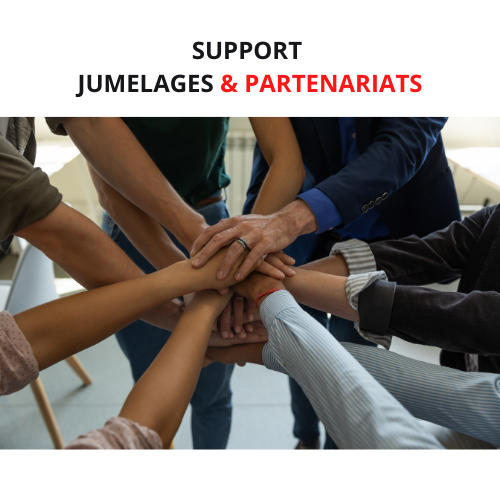Burkina Faso/Visually handicapped people: Braille in national languages to facilitate their education
In 2000, Lucien Naré invented the Braille alphabet in local languages to enable visually impaired people who had not had the chance to go to school to read, write and count. Having first created the Braille alphabet in Mooré, Lucien Naré then turned his attention to several other languages, including Kassena, Bissa and Dioula. To date, several hundred visually impaired people have benefited from language literacy sessions in several towns and rural areas of the country.
During a trip to Switzerland on behalf of the Evangelical Braille Mission, Lucien Naré came up with the idea of creating a Braille alphabet in local languages. Charged with bringing the gospel to the visually impaired, he realized that many of them were unable to attend school. It was then that the process of creating the Braille alphabet in Mooré began, and was recognized by the literacy authorities in 2000. Thanks to this approval, the Fund for Literacy and Non-Formal Education (FONAENF) provided financial support for the opening of Mooré Braille centers. Every year, more than 60 centers train the visually impaired in the interior of the country.
Lucien Naré didn't just stop at the Mooré Braille alphabet, he also took an interest in Kassena, Bissa, Dioula, Lilele and other languages. This, he asserts, enables visually impaired people to learn to read, count and calculate in their mother tongues. "In these centers, we use literacy manuals. By mutual agreement with state structures, we have translated the books into Mooré and transcribed them into Braille, making them available to the blind. What sighted people read is the same as what visually impaired people read," explains Mr Naré. He adds that since 2022, a certification assessment has been organized.
For Lucien Naré, who became blind in a traffic accident at the age of 27, not being able to decipher Braille can be considered a double handicap. Knowing how to read and write is already a plus for visually impaired people. In addition, during literacy sessions, they receive training in handicrafts and agro-pastoralism, to enable them to become entrepreneurs instead of begging on street corners. "Thanks to literacy training, some of the visually impaired have become animators in the centers, while others are involved in handicrafts such as cot weaving, chair weaving, etc. Some have also opened their own businesses after training. After training, some also open farms or raise livestock in their homes. All of which helps to combat unemployment, begging and poverty," says Lucien Naré.
To give more visually impaired people the chance to read, Lucien Naré aims to extend his creation to other languages such as Fulfulde, Gulmancéma and others. With the Alliance Biblique, the New Testament has been translated into Mooré Braille since 2009. The New Testament is currently being translated and will soon be available on the market," confides Lucien Naré.
He calls for greater support from the Ministry of Education and Literacy, especially for the acquisition of teaching materials, which are not only expensive but also not available locally.
Source: lefaso.net/


